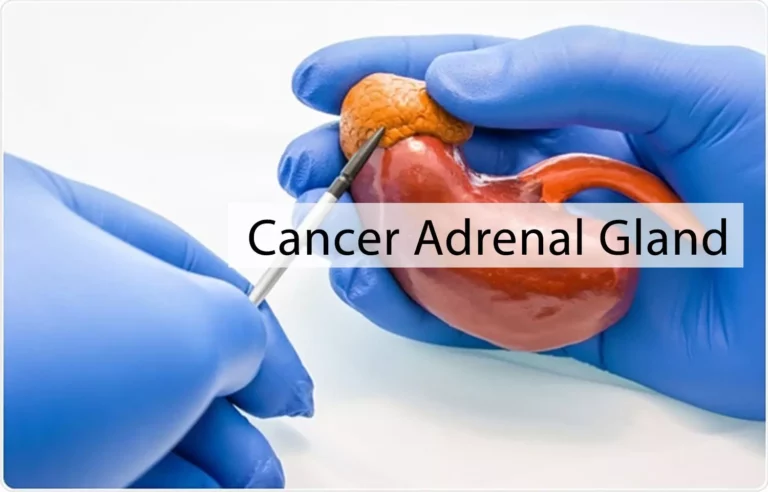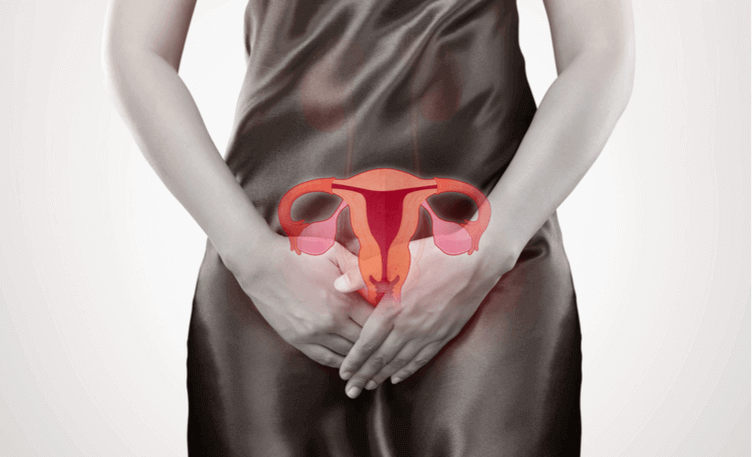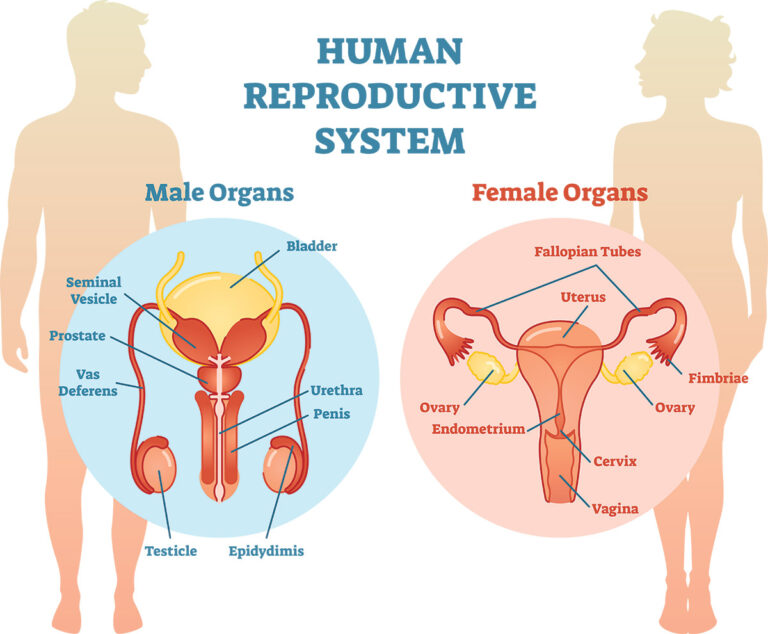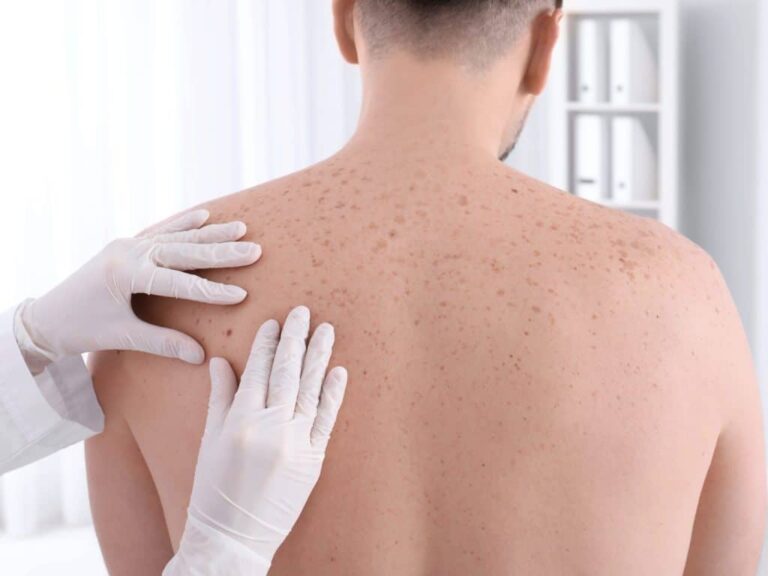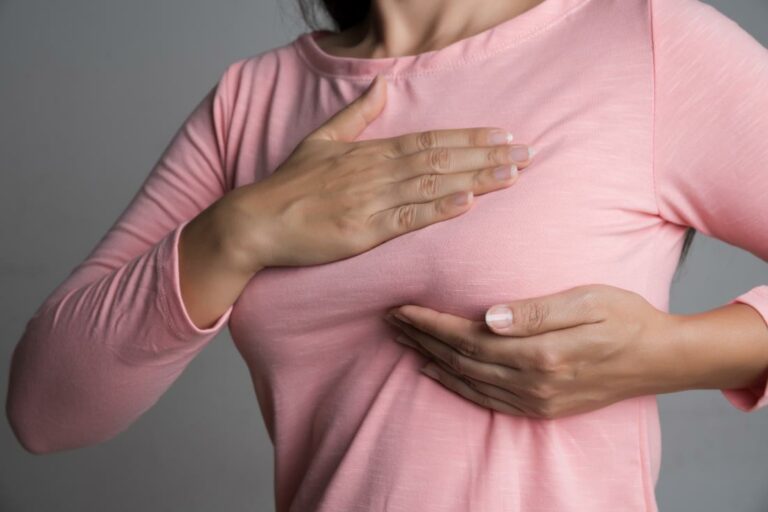Bile Duct Cancer: What it is about?
Author: Giselle Robel
Giselle Robel
Category: Health
Tags: health, bile, cancer, cholangiocarcinoma

Bile duct Cancer or Cholangiocarcinoma is a type of cancer that forms in the slender tubes (bile ducts) that carry the digestive fluid bile. And Also bile ducts connect your liver to your gallbladder and your small intestine.
Cholangiocarcinoma, also known as bile duct cancer, occurs mostly in people older than age 50, though it can occur at any age.
Doctors divide cholangiocarcinoma into different types based on where the cancer occurs in the bile ducts:
- Intrahepatic cholangiocarcinoma occurs in the parts of the bile ducts within the liver and is sometimes classified as a type of liver cancer.
- Hilar cholangiocarcinoma occurs in the bile ducts just outside of the liver. This type is also called perihilar cholangiocarcinoma.
- Distal cholangiocarcinoma occurs in the portion of the bile duct nearest the small intestine. This type is also called extrahepatic cholangiocarcinoma.
Cholangiocarcinoma is often diagnosed when it’s advanced, making successful treatment difficult to achieve.
Symptoms of Bile Duct Cancer
Signs and symptoms of bile duct or cholangiocarcinoma include the following:
- Yellowing of your skin and the whites of your eyes (jaundice)
- Intensely itchy skin
- White-colored stools
- Fatigue
- Abdominal pain on the right side, just below the ribs
- Losing weight without trying
- Fever
- Night sweats
- Dark urine
When to see a doctor
See your doctor if you have persistent fatigue, abdominal pain, jaundice, or other signs and symptoms that bother you. He or she may refer you to a specialist in digestive diseases (gastroenterologist).
Causes of Bile Duct Cancer
Cholangiocarcinoma happens when cells in the bile ducts develop changes in their DNA. A cell’s DNA contains the instructions that tell a cell what to do. And the changes tell the cells to multiply out of control and form a mass of cells (tumor) that can invade and destroy healthy body tissue. However, it’s not clear what causes the changes that lead to cholangiocarcinoma.
Treatment for bile duct cancer
Bile duct cancer is often treatable. But it can be difficult to treat.
The treatment you have will depend on:
- the size and type of bile duct cancer you have
- where it is
- if it has spread
- your general health
It may include surgery, chemotherapy and radiotherapy.
The specialist care team looking after you will:
- explain the treatments, benefits and side effects
- work with you to create a treatment plan that is best for you
- help you manage any side effects, including changes to your diet to help with your digestion
You’ll have regular check-ups during and after any treatments. You may also have tests and scans.
If you have any symptoms or side effects that you are worried about, talk to your specialists. You do not need to wait for your next check-up.
Surgery
Your treatment will depend on if the cancer can be removed or not.
Surgery to remove bile duct cancer
If bile duct cancer is found early and it has not spread, you should be able to have surgery to remove it.
This will usually involve removing all or parts of the bile duct, as well as parts of other organs or lymph nodes around it. And also, lymph nodes are part of your body’s immune system.
Surgery to help control symptoms of bile duct cancer
If the cancer has spread too far and cannot be removed, you may have surgery to help control some symptoms of bile duct cancer.
This can include surgery to:
- Firstly, unblock the bile duct or stop it getting blocked, which helps with jaundice
- Secondly, is to unblock the first part of the small intestine or stop it getting blocked, which helps with feeling or being sick
- And lastly, bypass a blockage in the bile duct or small intestine, which helps with jaundice and feeling or being sick
The aim of these operations is to help improve your symptoms and help you live longer, not to cure the cancer.
Chemotherapy
Chemotherapy uses medicines to kill cancer cells.
You may have chemotherapy for bile duct cancer:
- after surgery to get rid of any remaining cancer and help stop the cancer coming back
- to help make the cancer smaller, and control and improve the symptoms if you are not able to have surgery
- with radiotherapy (chemoradiotherapy)
Radiotherapy
Radiotherapy uses high-energy rays of radiation to kill cancer cells. It is not advisable to often used this treatment to treat bile duct cancer. But you may have radiotherapy:
- after surgery to help stop the cancer coming back
- to help control and improve the symptoms of advanced cancer
- with radiotherapy (chemoradiotherapy)
Risk factors
Factors that may increase your risk of cholangiocarcinoma include:
- Primary sclerosing cholangitis – This disease causes hardening and scarring of the bile ducts.
- Chronic liver disease – Scarring of the liver caused by a history of chronic liver disease increases the risk of cholangiocarcinoma.
- Bile duct problems present at birth – People born with a choledochal cyst, which causes dilated and irregular bile ducts, have an increased risk of cholangiocarcinoma.
- A liver parasite – which can occur from eating raw or undercooked fish.
- Older age – Cholangiocarcinoma occurs most often in adults over age 50.
- Smoking – Smoking increased risk of having cholangiocarcinoma.
- Diabetes – People who have type 1 or 2 diabetes may have an increased risk of cholangiocarcinoma.
- Certain inherited conditions – Some DNA changes passed from parents to children cause conditions that increase the risk of cholangiocarcinoma. Examples of these conditions include cystic fibrosis and Lynch syndrome.
Prevention
To reduce your risk of cholangiocarcinoma, you can:
- Stop smoking – Increase the chance of getting bile duct cancer or cholangiocarcinoma. So, if you smoke, stop. And if you have tried quitting in the past and haven’t been successful, talk with your doctor about strategies to help you quit.
- Reduce your risk of liver disease – Chronic liver disease increased risk of acquiring cholangiocarcinoma. That’s why, do what it takes to take care of your liver.For instance, to reduce your risk of liver inflammation (cirrhosis), drink alcohol in moderation, if you choose to drink. To conclude, for healthy adults, that means up to one drink a day for women and up to two drinks a day for men. And also maintain a healthy weight. When working with chemicals, follow the safety instructions.







